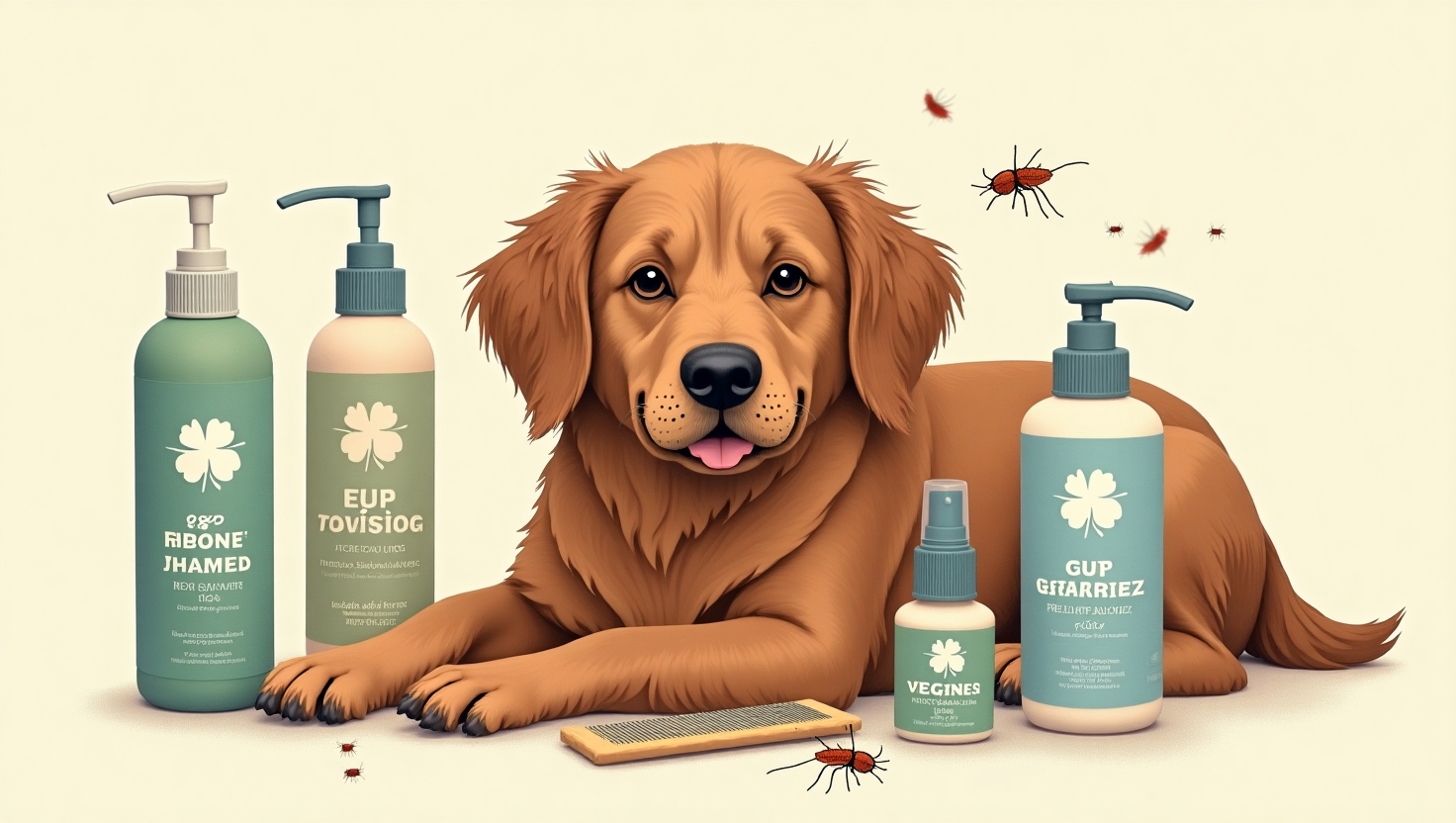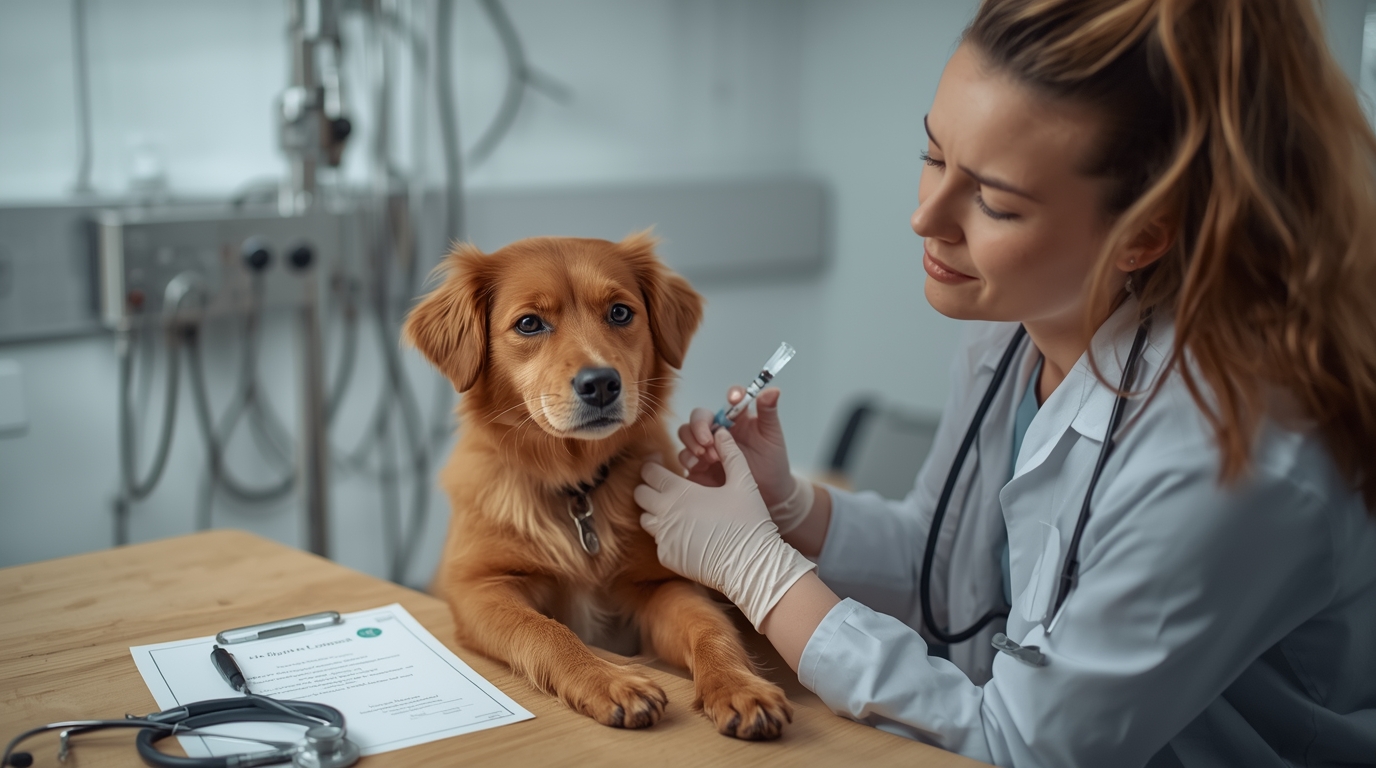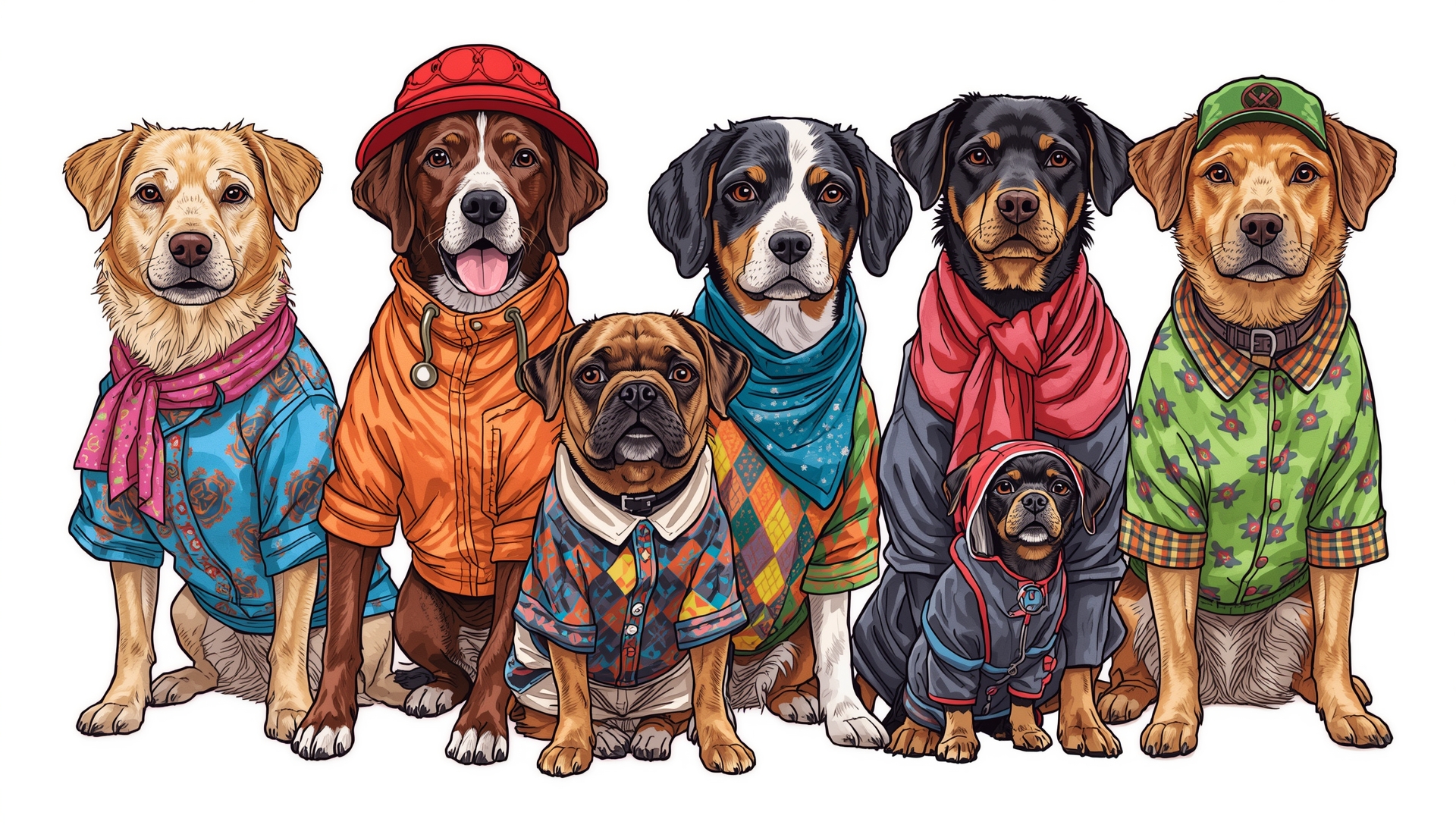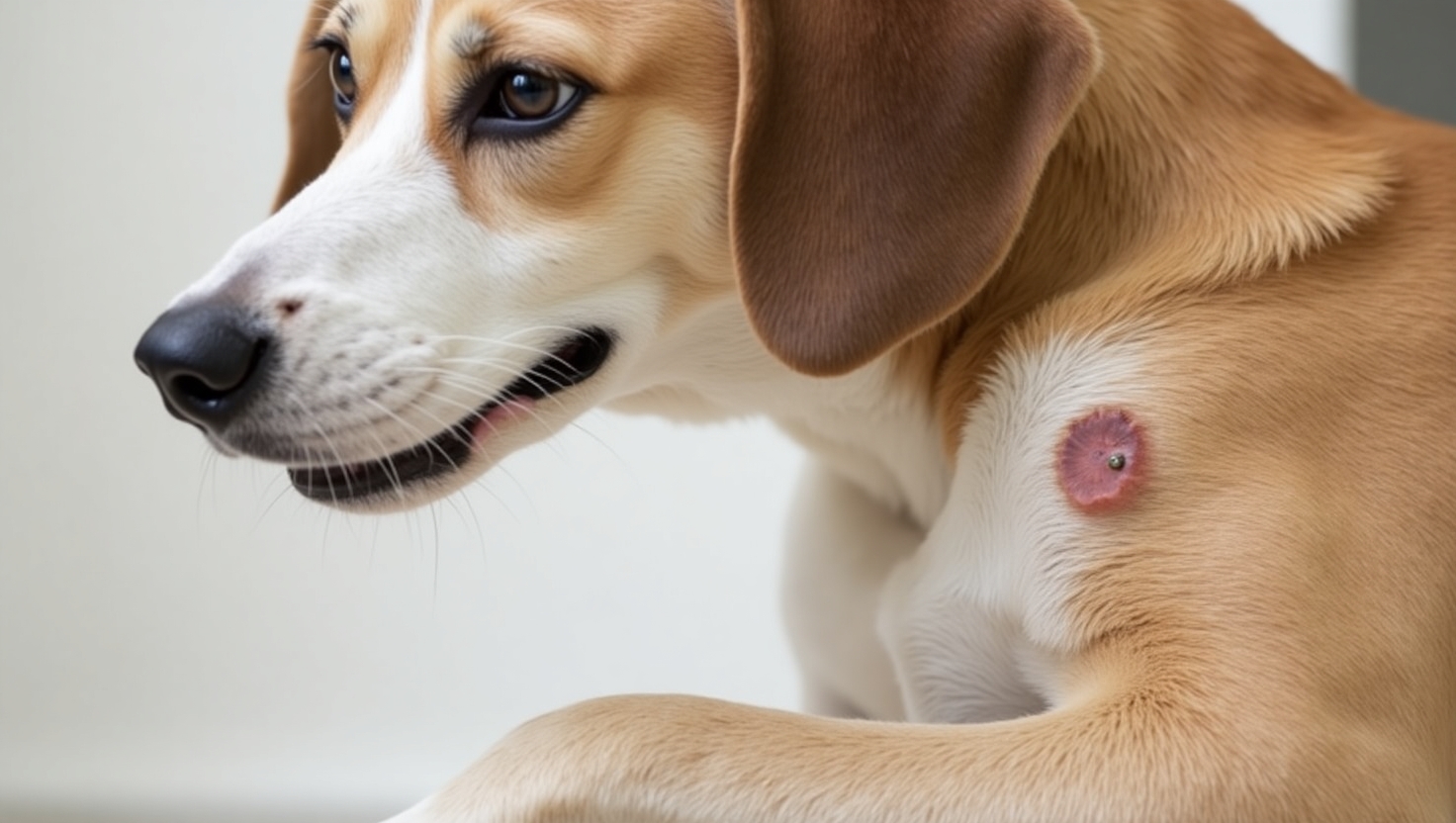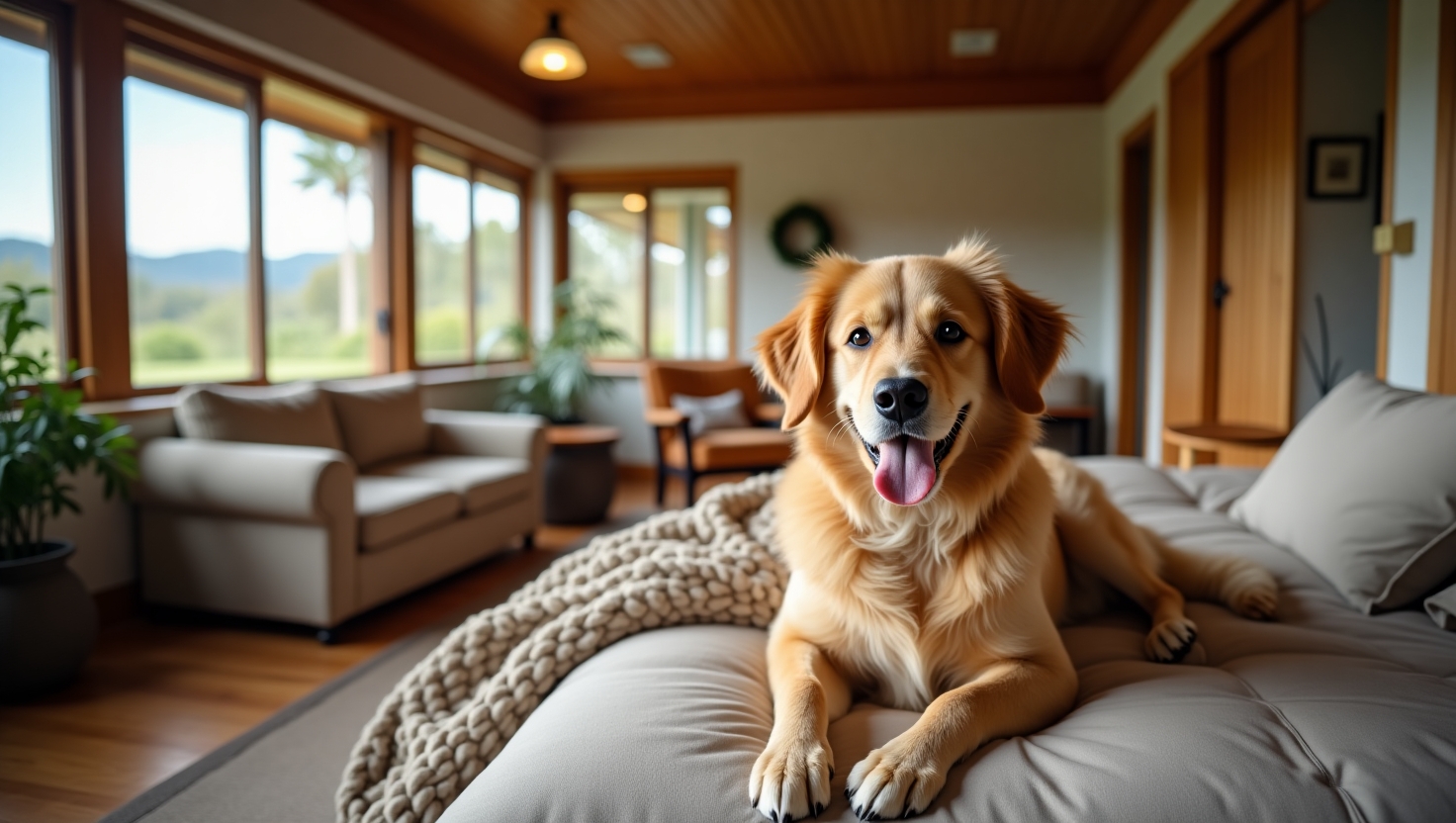Introduction:
Fleas are more than a nuisance that they can bring significant distress, lead to allergic reactions, and even pass on disease to your dog. In Australia, where the warm climate and outdoor culture allow flea infestations to occur throughout the year, flea care for dogs is an essential aspect of responsible pet ownership.
This guide will explain all you need to know, from how to recognize fleas to safe treatment selection and preventing future infestation.

About Fleas and Why They’re Such an Issue
Fleas are tiny, wingless insects that suck the blood of animals. The most prevalent species found on dogs in Australia is the cat flea (Ctenocephalides felis). And yes, even canines predominantly acquire the “cat” flea.
Why Fleas Are Such a Big Problem
1. Itching & Discomfort Constant
Flea bites lead to serious itching that can drive your dog nuts. A small number of fleas can turn your pet into scratching, biting, or licking machines. Eventually, this can result in raw spots, redness, and even wounds. The persistent irritation doesn’t stop at the skin it can also keep your dog on edge and agitated.
2. Flea Allergy Dermatitis (FAD)
Some dogs are allergic to flea saliva, and this condition is known as Flea Allergy Dermatitis. Even a single bite can cause severe itching, skin inflammation, and hair loss. In Australia’s warmer climates where fleas thrive year-round FAD can quickly become a recurring problem if fleas aren’t controlled.
3. Disease Transmission
Fleas are not only pesky but they can also host and transmit dangerous diseases. Fleas transmit tapeworms when your dog inadvertently swallows them during baths. They can transmit bacteria such as Bartonella (which causes cat scratch fever), and in a few instances, fleas can even transmit blood parasites that affect your pet’s well-being.
4. Fast Breeding
Fleas multiply at an alarming pace. One female flea can lay 40–50 eggs per day, which fall easily into your carpets, bedding, and yard in no time. Within weeks, these eggs have hatched into more biting adults, and you have an infestation on your hands before you even know it. Flea populations can burst even more quickly in Australia’s mild, humid climate, and year-round prevention is essential.
Signs Your Dog May Have Fleas
Early detection is the name of the game when it comes to successful flea care for Australian dogs. Fleas breed quickly, so catching it early allows one to stop a minor problem from becoming a huge infestation. Common symptoms are as follows and what they indicate:
Over-Scratching or Biting – Fleas are small but persistent biters, usually attacking sensitive locations such as the neck, back, base of the tail, and belly. Your dog will repeatedly scratch or chew these spots, even breaking the skin in some cases.
Small Red Bumps – These bumps can occur as an immediate response to flea bites or may be a symptom of a more severe allergic reaction, like Flea Allergy Dermatitis. They tend to itch and can become infected if your dog continues to scratch.
Flea Dirt – More commonly known as flea poop, they appear as very small black or dark brown specks on your dog’s coat or in their bedding. If you put some of them on a damp paper towel and they become reddish-brown, it sure indicates they’re flea poop composed of digested blood.
Restlessness – Flea bites cause constant irritation, which can make your dog restless, fidgety, and unable to relax. This behavioural change often signals discomfort even before you spot the fleas themselves.
Hair Loss or Skin Infections – Severe flea infestations can lead to bald patches, “hot spots” (red, moist, inflamed skin), and even secondary bacterial infections. These often require veterinary attention alongside flea treatment.
Why Fleas Are So Common in Australia
Australia’s warm overall climate, with high humidity levels in most areas, provides the ideal breeding ground for fleas. In contrast to colder climates, where the flea population dies out during winter, they thrive throughout the year here, particularly in coastal and tropical regions such as Queensland, New South Wales, and Northern Territory.
The Lifecycle of a Flea (and Why You Need to Interrupt It)
Knowledge about the flea lifecycle is fundamental for effective flea control.
Egg – Deposited on the host, but soon drops to the environment (carpet, bedding, yard).
Larva – Grooms on organic material, including flea dirt.
Pupa – Sealed in a cocoon; can remain dormant for months.
Adult – Jumps onto a host and begins to feed.
To really conquer the war, you have to treat both your dog and its environment.
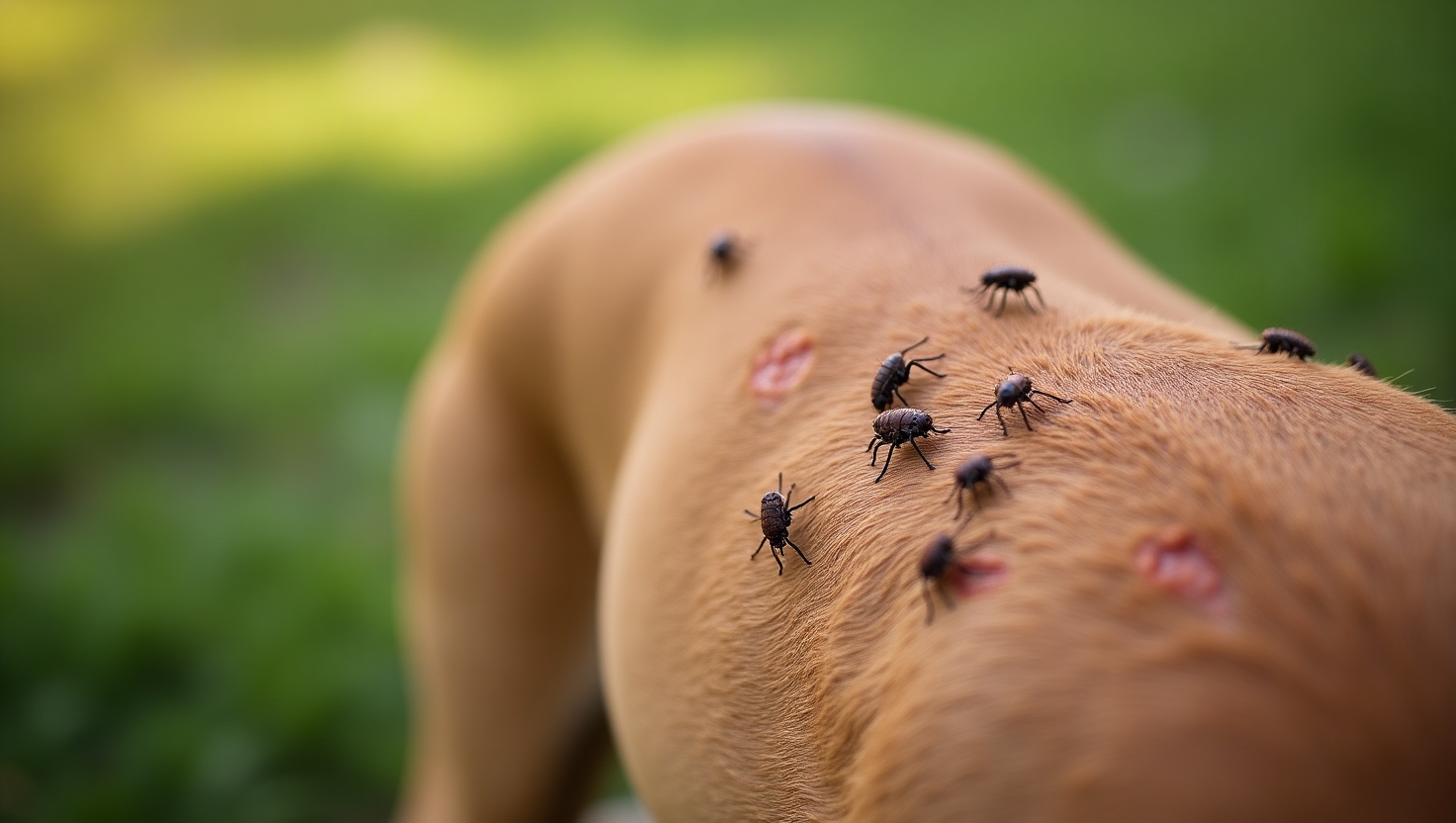
Effective Flea Treatments for Dogs in Australia
For flea treatment in dogs, there are a number of options. Select what suits your pet’s lifestyle and health requirements.
1. Spot-On Treatments
Advocate, Advantage, and Frontline Plus are commonly used in Australia.
Given monthly at the shoulder blades.
Kills fleas and stops re-infestation.
2. Oral Flea Tablets
NexGard, Bravecto, Simparica are examples.
Act from the inside out, killing fleas when bitten.
Some also guard against ticks and mites.
3. Flea Collars
Long-lasting protection (up to 8 months).
Brands such as Seresto release active ingredients gradually over a period.
4. Flea Shampoos & Sprays
Suitable for quick relief.
Best used in combination with other treatments for long-term control.
Natural & Home Remedies for Flea Care for Dogs
While chemical treatments are usually the most effective and quickestsolution for fleas, some pet owners first want to try natural products. These treatments can take control of fleas in lighter infestations or as a preventative when used in combination with regular vet-approved treatments.
1. Diatomaceous Earth
Diatomaceous earth is a pale-coloured, powder-like fossilized algae thatis food-grade when used in the correct way. If applied lightly to your dog’s coat or in the bedding, it dehydrates fleas and larvae andeventually kills them. Always go for food-grade (not pool-grade) for safety reasons, and avoid inhalation when applying.
2. Apple Cider Vinegar Spray
Apple cider vinegar (ACV) will make your dog’s skin unattractive to fleas because of the acidic pH. Diluted ACV spray (equal parts ACV and water) may be lightly sprayed onto your dog’s coat as a flea repellent. It willnot kill the fleas that are there, but it will repel them. Do not spray inthe eyes, ears, or open sores.
3. Daily Grooming with a Flea Comb
Brush your dog daily with a fine-toothed flea comb to physically remove fleas and their feces from your dog’s coat. This not only decreases thenumber of fleas but also enables you to inspect for early indications of infestation. Comb particularly in the neck, back of the tail, and belly regions where fleas tend to like most best.

Treating Your Home and Yard
You may treat your dog, but environmental fleas can lead to re-infestations.
Indoor Flea Control
- Wash all bedding, blankets, and rugs in hot water once a week.
- Vacuum carpets, furniture, and crevices every day.
- Use flea sprays or foggers for severe infestations.
Outdoor Flea Control
- Mow your lawn regularly, trim the grass, and remove rubble where fleas can breed.
- Treat shaded areas using pet-safe outdoor flea sprays.
Preventing Fleas Year-Round
In Australia, prevention is key. Adhere to these flea care for dogs guidelines:
Maintain Regular Preventive Treatment – Never miss a dose, even during winter.
Check Your Dog Weekly – Particularly after grass or bush walks.
Treat All Pets in the Home – Fleas can jump from dogs, cats, and even people.
Regularly Clean Bedding and Toys – Interferes with flea lifecycle.
Flea Care Myths for Dogs
Myth 1: Indoor dogs don’t require flea treatment.
Reality: Fleas can hitch a ride inside on people, footwear, or other animals.
Myth 2: You only need to treat fleas when you see them.
Truth: By the time you see fleas, there can already be hundreds in the environment.
Myth 3: Natural remedies alone will get rid of fleas.
Truth: They can be beneficial, but generally work best in combinationwith effective flea control products.
When to See a Vet
Consult a veterinarian if:
- Your dog is experiencing severe itching, redness of the skin, or sores.
- Anemia symptoms are evident (pale gums, lethargy).
- You’ve treated your dog but fleas continue to return.
A vet may suggest prescription-strength dog flea care and examine for secondary skin infections.
Final Thoughts
Fleas aren’t a seasonal nuisance in Australia, they’re a year-round issue. With the use of regular preventive treatments, house cleaning, and rapid response at the first sign of trouble, you can keep your dog healthy, happy, and flea-free.
Check this: Can Dogs Eat Cat Food? What Aussie Pet Parents Need to Know (2025)
FAQs (Flea Care for Dogs in Australia)
- How frequently should I treat fleas on my dog?
Most treatments are monthlies, but there are some oral tablets thatlast 3 months. Always read the instructions of the product.
- Can fleas live inside through winter?
Yes, indoor heating creates a warm environment where fleas may liveand reproduce year-round.
- Do natural flea remedies work?
They might help with a mild infestation but are not as good as vet-recommended treatments for heavy flea issues.
- Can my dog pick up fleas at the dog park?
Yes, fleas will readily be transferred from other dogs or surroundings. Regular prevention is the key.
- What is the best flea treatment in Australia?
Effective and popular treatments include Bravecto, NexGard, and Seresto collars, but your veterinarian can advise on the safest one for your dog.

